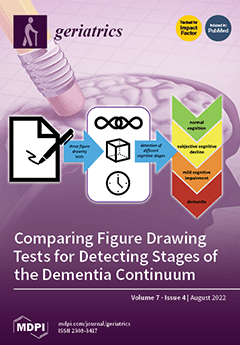Background: Chronic kidney disease (CKD) is a global health issue. Evidence of the effectiveness of nutritional intervention on slowing time to dialysis is limited in Arab countries. Therefore, this study aims to contribute to current research by providing new insights on the efficacy of personalized nutritional intervention in pre-dialysis patients in the Kingdom of Bahrain. Methods: This retrospective cohort study included 265 CKD patients (163 males and 108 females) who were admitted to the nephrology outpatient clinic at Salmaniya Medical Complex in Bahrain. The nutritional intervention group (NIG) receiving dietary advice by an expert renal dietitian consisted of 121 patients, while the non-nutritional intervention control group (non-NIG) that did not receive any nutritional support consisted of 150 patients. Patients were evaluated at baseline and follow-up. Results: The NIG had a significant increase in the estimated glomerular filtration rate (eGFR) compared to the non-NIG that had a significant decrease (5.16 vs. −2.85 mL/min/1.73 m
2 (
p = 0.000), respectively). When adjusted for age and gender, the mean difference was greater (8.0 mL/min/1.73 m
2,
p = 0.000). Additionally, there was a significant reduction in blood urea nitrogen and serum creatinine (−2.19 mmol/L and −25.31 µmol/L;
p = 0.000, respectively). Moreover, the intervention had a positive impact on weight loss and body mass index (−1.84 kg and−0.69 kg/m
2, respectively;
p = 0.000) and lipid profile, with a significant reduction in total cholesterol and triglyceride levels (−0.17 mmol/L,
p = 0.006 and −0.15 mmol/L,
p = 0.026, respectively). Additional significant results from the NIG included reduced uric acid (−28.35 µmol/L,
p = 0.006), serum phosphorus (−0.05 mol/L,
p = 0.025), fasting blood glucose (−0.70 mmol/L,
p = 0.016) and glycated hemoglobin (1.10 mmol/mol,
p = 0.419). Conclusions: This study suggests that, in patients of CKD, nutritional intervention counselling plays a significant role in reducing the time needed for dialysis and improves nutritional-related biomarkers compared to patients not receiving this intervention.
Full article






